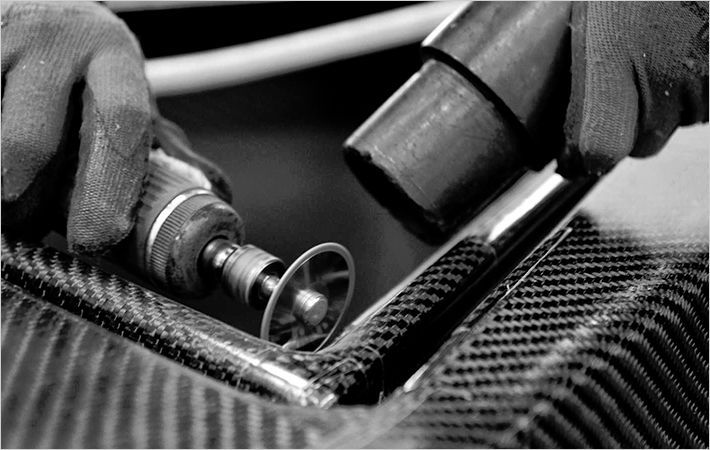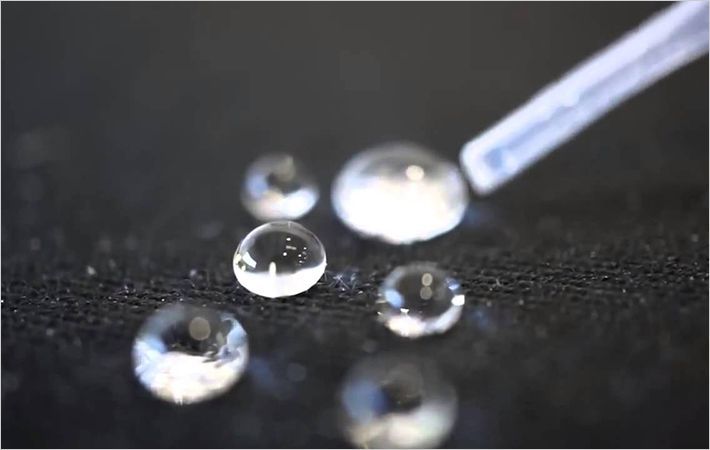Techtextil fair which runs from May 4-7, 2015 in Germany will see a strong line up of suppliers of personal protection equipment, clothing and workwear focusing on multi functional multi standard clothing.
The functional material suppliers are trying to offer a genuine and partly life-saving surplus value in one system by means of new material components.Techtextil fair which runs from May 4-7, 2015 in Germany will see a strong line up of suppliers of personal protection equipment, clothing and #
In addition, personal protection equipment are designed to offer a high degree of lightness and comfort under all working conditions and an ounce of fashionable chic as well.
Three technologies are in the focus of attention regarding development and production of functional clothing.
In the first place are membranes, which can be found in the form of polytetrafluor ethylene, polyether/polyester, polymer and polyurethane.
They are practically superior to other materials as regards waterproofing, wind resistance and breathability.
Membranes allow the extremely small moisture vapour molecules emitted from the human body to penetrate through the micropores of the closed membrane and to carry them off to the ambient air.
However these same membranes do not allow the incomparably larger rain drops to penetrate.
The consequence is that the sweat is kept away from the body and the rain cannot penetrate through the clothing.
As regards breathability, all membranes require additional functional partners in order to allow obtain good results.
This means that waterproofing can be achieved in all varieties by means of seam-welded and taped membranes in many varieties and are less critical than the humidity management.
Microporous membranes are airtight thanks to their hedge structure by which the wind gets caught and is turned off.
The bionic membrane works according to a natural climatisation principle or the so-called fir cone principle.
It opens their pores under the influence of heat and closes them under cold and wind. This technology is offered exclusively by Swiss functional textile manufacturer - Schoeller.
In case of laminates, there are two types of laminates; lamination by means of heat and pressure and thermo fixing with hot-melt adhesive.
The double layer laminates such as shell or lining laminates or three-layer laminates which connect the membrane to the shell and the lining.
According to the requirements one differentiates between hard shell and soft shell laminates. The hard shell laminates are characterized by their outstanding water tightness and sturdy face.
They do not provide cold insulation and are inelastic. Soft-shell laminates which are mostly used for the manufacture of vests and jackets are normally provided with a fleecy inner face.
They are elastic and comfortable and the advantage of the fluffy effect compares with reduced water tightness, nevertheless they can brave the most part of the weather conditions except heavy rain.

